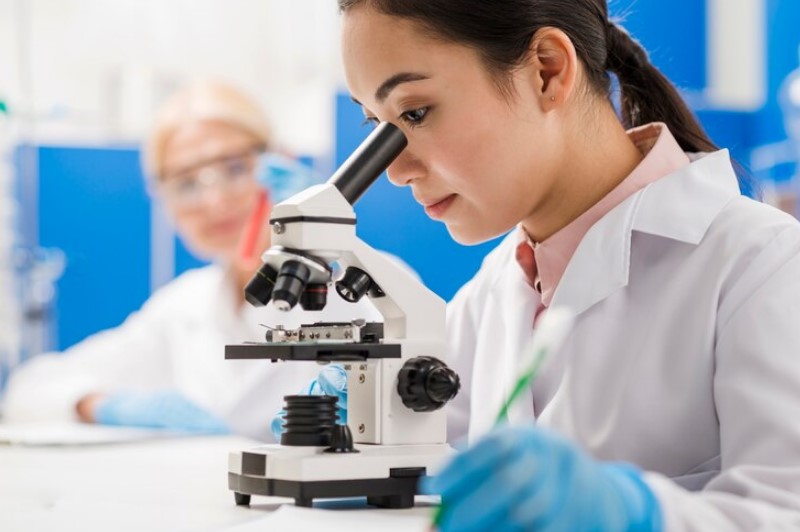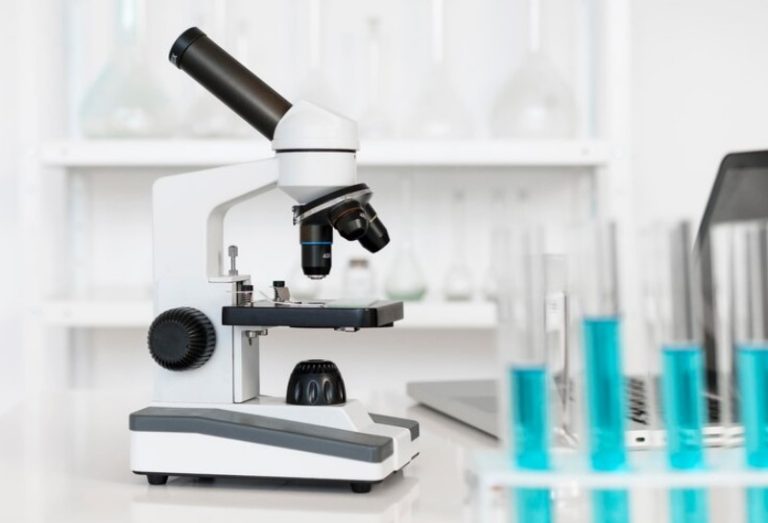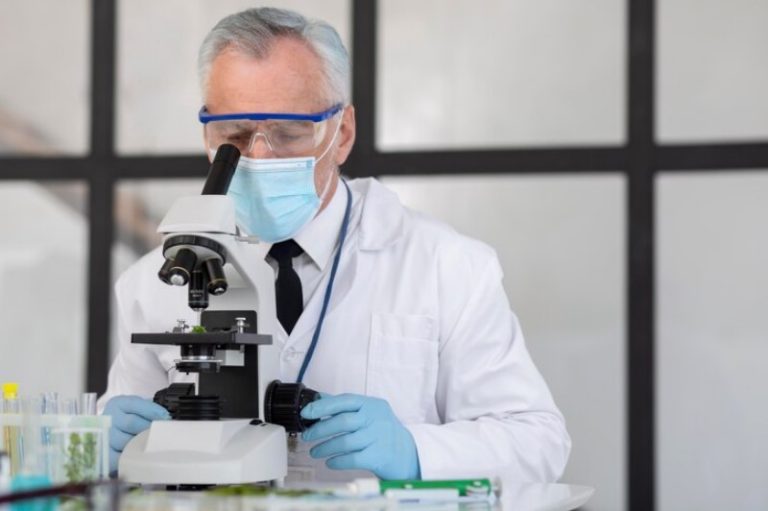Using a microscope involves a few simple steps to obtain clear and detailed observations. First, prepare the microscope by ensuring it is clean and stable. Adjust the lighting based on the type of specimen you have and set the light intensity appropriately. Place the specimen on a glass slide and secure it on the microscope’s stage. Select the lowest magnification objective lens and use the coarse focus knob to bring the specimen into view. Fine-tune the focus using the fine focus knob until the image becomes sharp and clear. Finally, observe the specimen and switch to higher magnification objective lenses as needed. Remember to handle the microscope gently and maintain proper lighting conditions to enhance your observations.
3 Important Things to Remember When Using a Microscope
When using a microscope, there are three important things to remember:
- Proper Handling and Care: Microscopes are delicate instruments that require careful handling and maintenance. Always ensure that you handle the microscope with clean hands and use both hands to support it when moving or carrying it. Avoid placing excessive pressure on the microscope components, such as the objective lenses or stage. Additionally, regularly clean the lenses and other parts of the microscope to maintain optimal performance and prevent damage.
- Adjusting the Focus: Achieving a sharp focus is crucial for obtaining clear and accurate observations under a microscope. Start by using the lowest magnification objective lens (usually 4x) and coarse focus adjustment to bring the specimen into view. Once the specimen is visible, switch to a higher magnification objective lens and use the fine focus adjustment to achieve a crisp focus. Avoid forcing the focus knobs too quickly or vigorously, as this can damage the microscope or the specimen.
- Proper Lighting: Appropriate lighting conditions are essential for proper microscopy. Microscopes typically have two light sources: the transmitted light source from below the stage (for viewing transparent specimens) and the reflected light source above the stage (for opaque specimens). Adjust the intensity of the light source to the appropriate level for clear visibility without causing glare or excessive brightness. Use the diaphragm or iris controls to adjust the aperture and control the amount of light reaching the specimen. Proper lighting enhances contrast and improves the quality of your observations.

By remembering these three important aspects—proper handling and care, adjusting the focus correctly, and ensuring appropriate lighting—you can optimize your microscope usage and obtain accurate and detailed observations.
Conclusion
In conclusion, when using a microscope, it is crucial to remember three important things. Firstly, proper handling and care are essential to maintain the delicate instrument’s longevity and prevent damage. Secondly, adjusting the focus correctly ensures clear and accurate observations, starting with the lowest magnification and gradually fine-tuning it for a sharp image. Lastly, paying attention to proper lighting conditions by adjusting the intensity and using diaphragm controls enhances visibility and contrast. By keeping these three factors in mind—handling and care, focus adjustment, and lighting—you can maximize the effectiveness of your microscope usage and obtain reliable and detailed microscopic observations.



